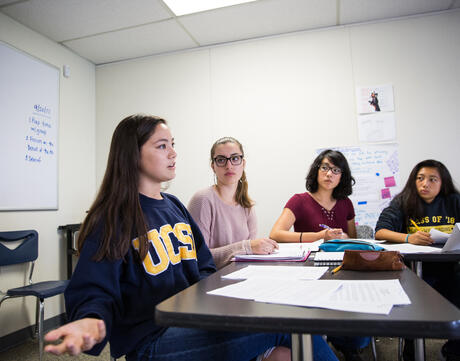
Save the Last Word for Me
At a Glance
Language
English — USSubject
- Advisory
- Civics & Citizenship
- English & Language Arts
- History
- Social Studies
Grade
6–12Overview
What Is the Save the Last Word for Me Strategy?
The Save the Last Word for Me discussion strategy requires all students to participate as both active speakers and active listeners. Working in groups of three, students follow a pattern of sharing and discussing their responses to a text. By creating a clear structure for the discussion, this strategy encourages reserved students to share their ideas and ensures that frequent speakers practice being quiet. It can be a useful strategy for helping students debrief a reading or film.
Lesson Plans
How to Use the Save the Last Word for Me Protocol
Variations
Unlimited Access to Learning. More Added Every Month.
Facing History & Ourselves is designed for educators who want to help students explore identity, think critically, grow emotionally, act ethically, and participate in civic life. It’s hard work, so we’ve developed some go-to professional learning opportunities to help you along the way.
Exploring ELA Text Selection with Julia Torres
On-Demand

Working for Justice, Equity and Civic Agency in Our Schools: A Conversation with Clint Smith
On-Demand

Centering Student Voices to Build Community and Agency
On-Demand














